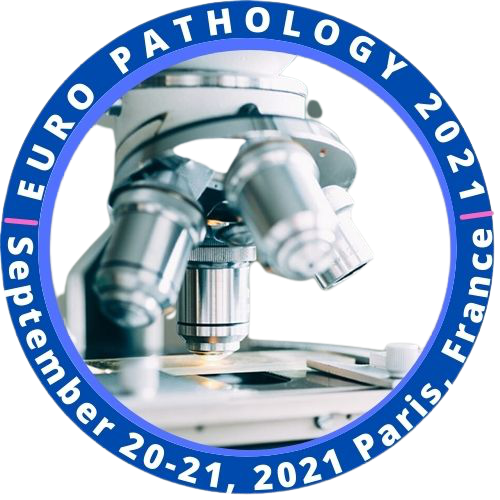
Nor-Ashikin Mohamed Noor Khan
Universiti Teknologi MARA,Malaysia
Title: Glutathione improves testicular morphology in diabetic mice
Biography
Biography: Nor-Ashikin Mohamed Noor Khan
Abstract
Diabetes mellitus has been related to testicular damage in men. Glutathione (GSH) is a nonenzymatic antioxidant that defends lipids, proteins, and nucleic acids against oxidative stress. This study was conducted to investigate the effects of exogenous GSH treatment on the morphology of seminiferous tubules, as well as Bax/Bcl-2 gene and protein expressions in the testes of diabetic mice. Twenty-four male C57BL/6 mice were divided into four groups (n=6). Group A was non-diabetic control, while Group B was non-diabetic GSH-treated mice. Group C was diabetic control mice and Group D was diabetic GSH-treated mice. Diabetes was induced by intraperitoneal injection of 50 mg kg-1 streptozotocin (STZ). Exogenous GSH at 15 mg kg-1 body weight was intraperitoneally administered to the Groups B and D once a week, for six weeks. The mice were weighed, euthanized, and their testes excised. The diameter of seminiferous tubules was assessed using haematoxylin and eosin staining, and apoptotic cells were observed using TUNEL fluorescent assay. Gene and protein expression levels of Bcl-2 and Bax in response to GSH treatment were measured using quantitative real-time PCR (RT-qPCR) and ELISA protein quantification. Data were analysed using one-way ANOVA. Group C showed significantly impaired testicular morphology, with shorter seminiferous tubule diameter and larger seminiferous lumen diameter compared to Group A (P<0.05). However, significant increase and decrease in tubular and luminal diameters were observed in Group D, relative to Group C, respectively. The significant improvements, however, did not have a substantial impact on the Johnsen score, but the findings were supported by the apoptotic index (AI) obtained from the TUNEL assay. The AI in Group D was reduced compared to Group C (P<0.05). It was noted that Bcl-2 gene and protein expressions increased, while Bax gene and protein expressions decreased, in comparison to Group C (P<0.05), resulting in a lower Bax/Bcl2 ratio in Group D. Improved testicular morphology and the Bax/Bcl-2 ratio is an early indication of the protective role exogenous GSH plays in protecting testicular morphology from the effects of untreated diabetes or diabetic complications. The current findings indicate that there are variety of mechanisms that may contribute to and likely interfere with impaired testicular function in diabetic mice, some of which may be addressed with exogenous GSH.

